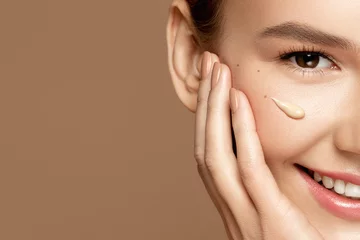Mixing foundation shades: Finding the perfect foundation shade can be challenging, especially if you fall between standard options or your skin tone changes seasonally. Mixing foundations is a clever way to customize your shade and achieve a flawless match. This guide will teach you how to choose shades, understand undertones, and create a blend that works seamlessly with your unique complexion.
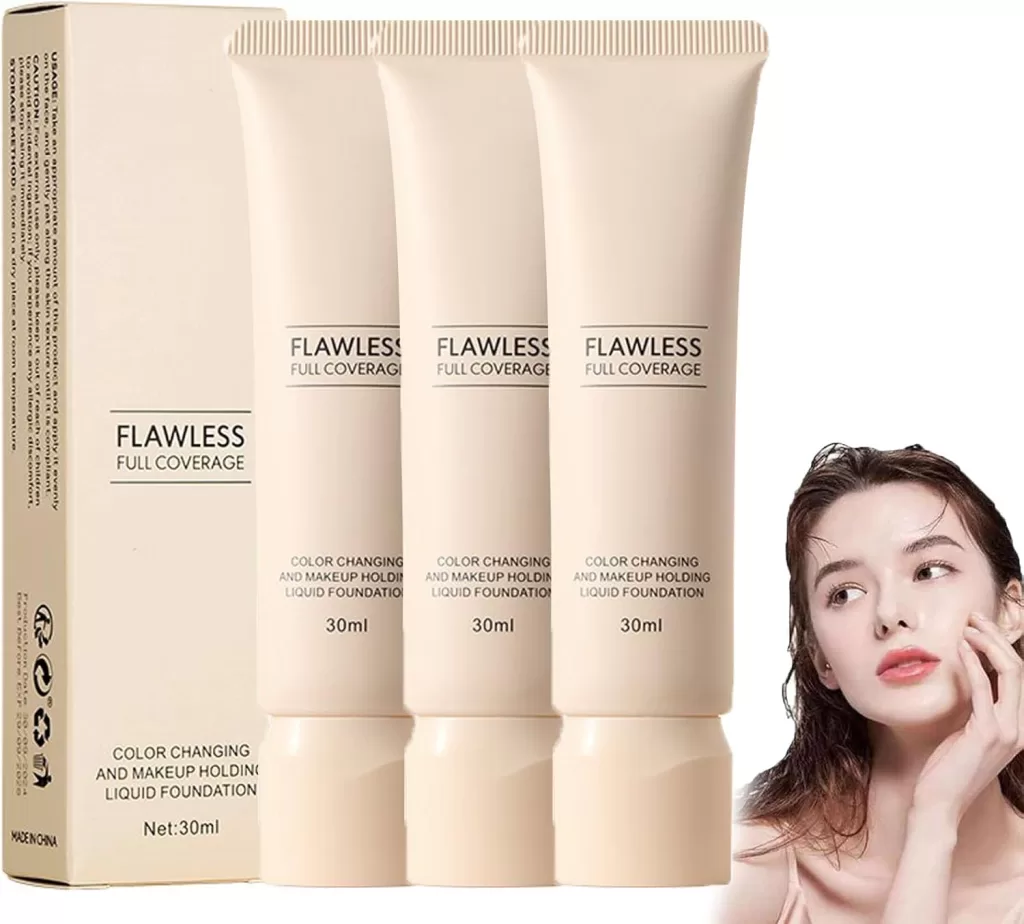
Changing Mature Skin Foundation,Foundation
Color Changing,Colour Changing Foundation For Mature Skin,Flawless Colour Changing Warm Skin Tone Foundation…
What is Foundation Mixing, and Why Should You Try It?
Foundation mixing involves blending two or more shades to create a custom match for your skin tone. It’s particularly helpful for those with in-between skin tones or who experience color changes due to sun exposure or seasonal shifts.
Mixing foundation shades allows you to:
- Match your skin tone precisely.
- Adjust coverage to suit your preference.
- Adapt your makeup to your undertone.
Benefits of Blending, Mixing foundation shades
- Customized Shade Match: Perfect for when standard shades don’t work.
- Seasonal Adaptability: Adjust your foundation for summer tans or winter tones.
- Personalized Finish: Mix formulas to create a matte, dewy, or satin look.
- Economical Solution: Maximize your foundation collection instead of buying new products.
Understand Your Undertones
Before you start mixing, it’s crucial to understand your skin’s undertone. Undertones fall into three categories:
- Warm: Yellow, golden, or peachy hues. Veins appear greenish, and gold jewelry complements your skin.
- Cool: Pink, red, or blue hues. Veins appear bluish or purplish, and silver jewelry looks best.
- Neutral: A mix of warm and cool hues. Veins appear in between, and both gold and silver jewelry suit your skin.
Pro Tip: Check your veins in natural light or test how gold and silver jewelry look against your skin to determine your undertone.
Test on the Right Spot
For an accurate match, apply a few shades along your jawline rather than on your hand. This ensures the foundation blends seamlessly between your face and neck. If you notice a color mismatch due to sun exposure or hyperpigmentation, consider testing on the center of your upper chest.
Evaluate in Various Lighting
Lighting can dramatically affect how foundation appears. Apply a swipe and check it in different settings—under the bright lights of a store and in natural daylight. This ensures you choose a shade that looks great no matter where you’re headed.
Consider Seasonal Changes
Your skin tone can change with the seasons. You might be fairer in winter and more tanned in summer. To accommodate these shifts, keep a couple of foundation shades on hand—one for your winter complexion and another for the summer months. This way, you can adapt effortlessly without frequent shopping trips.
By combining these strategies, you’ll not only find a shade that matches but also one that complements your skin’s unique characteristics.
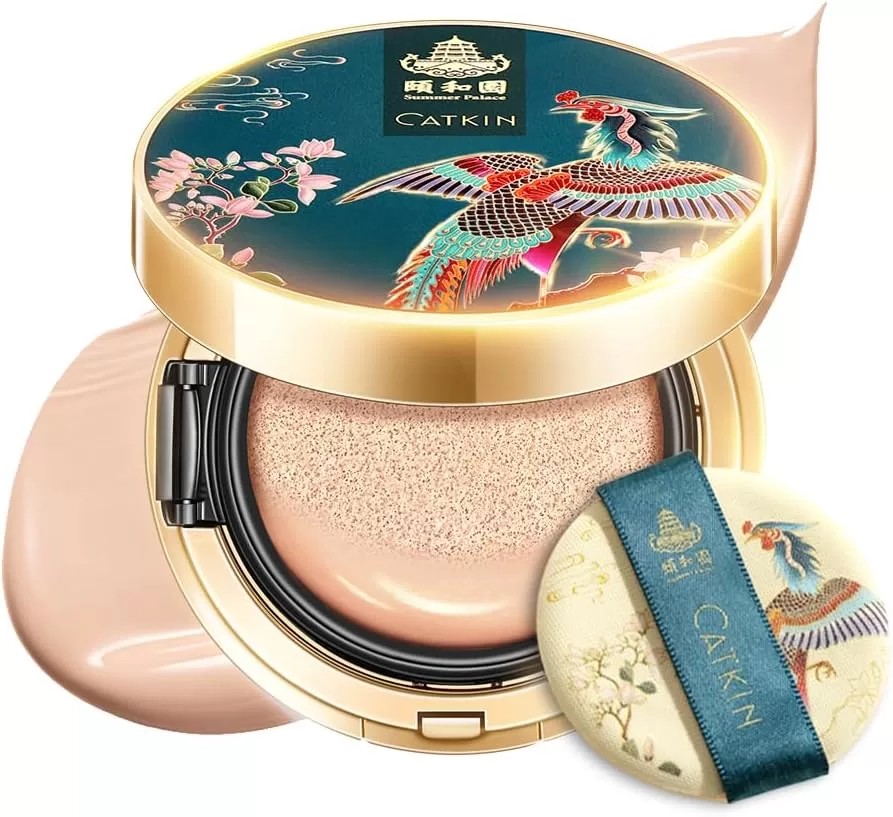
CATKIN SUMMER PALACE Foundation for Mature Skin, Full Coverage Foundation with Lightweight and Breathable Formula, Refillable Cushion Foundation 13g*2
Prepping Your Skin for Flawless Foundation Application
Before applying a customized foundation mix, start with proper skin preparation. Cleanse the skin with a gentle, hydrating cleanser, and follow up with a lightweight moisturizer to ensure a smooth base. If you have oily skin, use an oil-free primer to help control shine. For dry or mature skin, a hydrating primer will prevent foundation from clinging to dry patches. Well-prepped skin allows the foundation blend to sit naturally without appearing cakey or patchy.
How to Determine Your Undertone for the Perfect Mix
Understanding your skin’s undertone is crucial when mixing foundation. Skin undertones generally fall into three categories:
- Warm (yellow, golden, or peachy hues) – Veins appear greenish, and gold jewelry complements the skin.
- Cool (pink, red, or blue hues) – Veins appear bluish or purplish, and silver jewelry looks best.
- Neutral (a mix of both warm and cool hues) – Veins appear in between, and both gold and silver jewelry suit the skin.
Step-by-Step Guide to Mixing Foundation Shades
1. Identify Your Undertone
Knowing your undertone—cool, warm, or neutral—helps you pick base shades to mix.
- Cool Undertones: Look for pink, red, or blue-based foundations.
- Warm Undertones: Opt for yellow or golden shades.
- Neutral Undertones: Choose balanced shades without strong yellow or pink hues.
When assessing skin tone, you can generally categorize it into four distinct groups. Understanding these categories can help in choosing suitable products and shades for personal use.
- Fair Skin: This is the lightest skin tone, often accompanied by a propensity to burn easily in the sun. People with fair skin usually have pink or porcelain undertones.
- Light Skin: Slightly deeper in hue than fair skin, light skin tones have subtle yellow or beige undertones. This category is often less sensitive to sunlight but still requires protection.
- Medium Skin: This skin tone boasts a warm, golden, or olive base. Individuals with medium skin typically tan well and are less likely to burn compared to lighter skin types.
- Deep (Dark) Skin: Rich and vibrant, deep skin tones feature red or blue undertones and are more resistant to sunburn due to higher melanin levels.
To determine which category fits your skin tone, examine your makeup-free, natural complexion in good lighting. This will offer a clear view of your skin’s natural undertones, helping you identify the best group for your unique tone.
2. Select Two Foundations
Choose shades that bracket your skin tone:
- A lighter shade to brighten.
- A darker shade to deepen.
Pro Tip: Start with foundations of the same formula (e.g., both liquid or both cream) for better blending.
3. Determine Your Ratio
The ratio depends on your skin tone and the desired match. Begin with a 50/50 mix, then adjust by adding small amounts of one shade to fine-tune.
4. Mix Thoroughly
Use a clean mixing palette or the back of your hand. Blend the shades together with a spatula or makeup brush until they’re fully combined.
5. Test on Your Skin
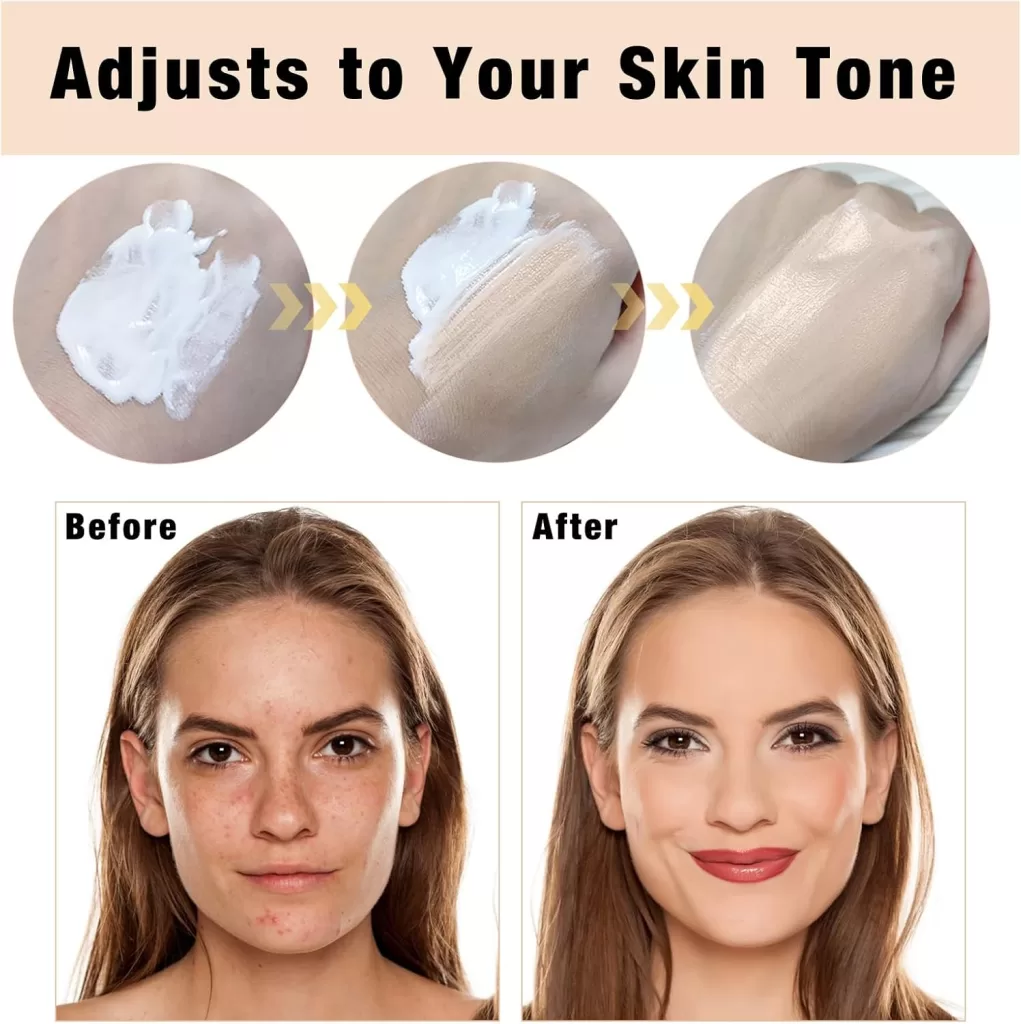
2 Pack Color Changing Foundation – Conceals Blemishes and freckles Liquid Makeup for All Skin Types, Lightweight Medium Coverage, Professional Makeup for..
Best Tools and Techniques for Blending Foundation
The tools you use to apply your mixed foundation can significantly impact the final result. A damp beauty sponge is ideal for a seamless, airbrushed finish, while a dense foundation brush provides more coverage. Fingers can be used for sheer, natural blending, but always ensure hands are clean. For a streak-free look, apply foundation in light, dabbing motions rather than swiping it across the skin.
How to Test and Adjust Your Foundation Mix
Once you’ve mixed your ideal foundation shade, always test it on your jawline rather than your wrist or hand. This ensures the shade blends well with both your face and neck for a seamless transition. If the shade appears too dark, add a small drop of a lighter foundation and blend again. If it’s too light, deepen it gradually with a slightly darker shade. For a more radiant finish, consider mixing a drop of liquid highlighter with your foundation.
Should Foundation Be Lighter or Darker Than My Skin Tone?
Mixing foundation shades: Finding the right foundation is crucial for creating a natural and seamless look. Ideally, your foundation should match your skin tone as closely as possible. This helps create a flawless base that enhances your complexion without noticeable lines or color discrepancies.
Why Match Matters
- Seamless Appearance: A perfect match ensures the foundation blends into your skin, making it look like your own while covering blemishes and evening out your tone.
- Natural Finish: Using a foundation that matches prevents you from looking too pale or unnaturally tanned, offering a more authentic result.
What If Your Shade Isn’t Available?
- Lighter Foundation Solutions: If your foundation is slightly lighter, try using a bronzer to add warmth. Apply it gently to the high points of your face—cheekbones, forehead, and chin—to enhance depth and vitality.
- Darker Foundation Cautions: A darker foundation can often look unnatural. If there’s no alternative, blend it well down the neck and around the hairline to avoid harsh demarcations.
Pro Tips for Choosing Foundation
- Test in Natural Light: Always swatch foundation on your jawline and check it in natural daylight to ensure it matches your skin tone.
- Seasonal Adjustments: Skin tone can change with the seasons; consider having a summer and winter shade to accommodate these variations.
Helpful Tools
Mixing foundation shades: Some apps and websites offer virtual try-ons or skin-matching technology, like the ones provided by popular beauty brands such as Maybelline and Revlon. These tools can aid in narrowing down your ideal match before purchasing.
Discover the Perfect Foundation for Every Skin Type and Tone
Finding the right foundation can feel like an endless quest, but understanding your skin type and tone is the secret ingredient. Here’s a curated guide to foundations that cater to diverse needs, ensuring you achieve that flawless finish.
For Oily Skin
- Matte Finish Foundations: Look for long-lasting formulas that control shine. These typically offer 24-hour coverage and have a demi-matte finish to combat excess oil. They’re great for covering redness and uneven skin tones.
- Powder Foundations: Opt for breathable, weightless formulas that provide a soft matte finish. Powder foundations can withstand sweat and humidity, perfect for all-day wear without frequent touch-ups.
For Dry Skin
- Hydrating Serum-Infused Foundations: Seek out lightweight, serum-like formulas. These not only hydrate but also provide a more radiant look. They often include ingredients like hyaluronic acid for extra moisture.
- Radiant Liquid Foundations: Choose formulas that blend skincare benefits with coverage. Ingredients such as vitamins and antioxidants help protect and hydrate while ensuring a luminous finish.
Combination Skin
- Buildable Coverage Foundations: These offer a customizable finish, catering to mixed skin needs by balancing dry areas with hydrated formulas and controlling oil in greasy zones.
- Semi-Matte Formulas: Ideal for achieving balance, these provide enough coverage to iron out inconsistencies while keeping greasy areas under control.
Mature Skin
- Anti-Aging Liquid Foundations: Focus on options enriched with vitamins and SPF. They help improve skin tone appearances without settling into fine lines, offering a youthful glow.
- Serum Foundations with SPF: These deliver full coverage with the added benefit of skincare. Ingredients like vitamin B3 and protective SPF offer hydration and defense against aging signs.
Normal Skin
- Healthy Glow Foundations: A medium-coverage foundation with a luminous finish works wonders. Look for ones with antioxidant-rich formulas that brighten and protect.
- Flexible Shade Options: Foundations that offer a wide range of shades with different undertones (warm, cool, neutral) ensure the best match for natural-looking coverage.
Tips on Selecting the Right Shade
- Undertones Matter: Identify whether your skin has warm, cool, or neutral undertones. This helps in selecting the foundation color that seamlessly blends with your natural skin.
- Test Before You Buy: Swatch a range of shades across your jawline to find the best possible match for when your skin tone varies between seasons.
Mixing foundation shades: By aligning your foundation choice with your specific skin characteristics, achieving that flawless, natural finish is not just a possibility, it’s a promise.

Mixing Foundations for Mature Skin
When mixing foundation shades for mature skin, it’s essential to choose formulations that cater to hydration and elasticity. Look for foundations with hyaluronic acid, peptides, and nourishing oils to keep the skin plump and prevent the foundation from settling into fine lines. Opt for lightweight, buildable formulas that provide coverage without emphasizing texture. A mix of a luminous foundation with a satin-matte one can strike the perfect balance, avoiding excessive shine while maintaining a youthful glow.
Why Test Foundation Shades In Person?
Matching your foundation to your skin tone can be a make-or-break factor in achieving a flawless makeup look. Testing shades in person is crucial for several reasons:
- Natural Lighting Variability: Product photos and videos often cannot replicate how shades will appear in different lighting scenarios. Testing in person allows you to see the foundation under natural lighting conditions.
- True Tone Matching: Applying multiple shades directly onto your skin helps you identify the one that seamlessly blends with both your face and neck. This ensures a natural and cohesive appearance.
- Comprehensive Coverage Check: Swatching on various parts of your face—such as the jawline, cheek, forehead, and neck—lets you see how the product interacts with different areas. Your forehead and neck, which often develop the most color due to sun exposure, play a significant role in your overall look.
- Feel and Finish: In-store testing also allows you to evaluate the texture and finish of the foundation on your skin. You can determine if it feels comfortable and suits your desired look, whether matte, dewy, or somewhere in between.
To make the most of your testing:
- Try 2–3 Shades at a Time: Start with a small selection close to your skin tone to efficiently narrow down options.
- Use Proper Tools: Apply using your fingertips or a disposable makeup wedge to blend products effectively and see the true finish.
- Assess Over Time: Give the foundation a few minutes to set and oxidize, revealing its true color.
In summary, in-person testing helps ensure an impeccable match and a flawless finish, making it an essential step for anyone serious about their makeup.
6. Apply and Blend
Use your favorite makeup tool—sponge, brush, or fingers—to apply the foundation for a seamless finish.
What Should I Do If I Can’t Test Foundation In Person?
When you can’t test foundation in person, there are still effective strategies to find your perfect match. Here’s what you can do:
- Read Customer Reviews: Dive into genuine reviews from those who’ve tried the foundation. Look for feedback on its longevity and whether anyone experienced any allergic reactions.
- Examine Photos: Seek out photos from various sources, including beauty blogs and social media, to see how the foundation appears on different skin tones after application.
- Utilize Shade Tools: Many brands offer online shade-matching tools. These digital resources can analyze your skin tone using advanced algorithms. Often, you simply upload a selfie or answer key questions to get a personalized shade recommendation.
- Order Samples: If available, consider ordering foundation sample kits from the brand’s website. These kits often allow you to try multiple shades without having to commit to a full-sized purchase.
- Watch Video Tutorials: Explore tutorials and reviews on platforms like YouTube, where influencers often test and compare foundation products on camera. Seeing the application process and final look can help you make informed choices.
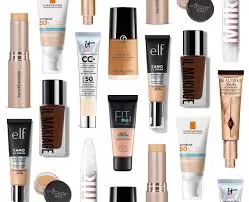
Top 20 Make-up Foundations Available on Amazon
Mixing foundation shades: Looking for the perfect make-up foundation can be overwhelming with so many brands and options available. To make it easier, we’ve compiled a list of 20 highly-rated make-up foundations available on Amazon. Whether you’re looking for full coverage, a dewy finish, or a foundation perfect for sensitive skin, this list has it all! Top-Rated Make-up…
Tips for Achieving a Consistent Blend
- Always mix shades in natural light for an accurate match.
- Use a small amount at first; you can always mix more.
- Incorporate a drop of moisturizer for sheer coverage or a dewy finish.
- Keep a record of your preferred ratios for quick future reference.
Achieving a natural face makeup look starts with getting your foundation shade just right. Here’s how you can master the art of shade matching for a seamless, authentic appearance:
Try a Foundation Shade Quiz:
- Some websites offer quizzes that help match you to the perfect shade. These quizzes typically ask about your skin type, desired foundation finish, and show photos of models for you to compare with your own skin tone. Completing a quiz is quick and can guide you to a more tailored selection.
- Experience Virtual Try-On Tools: Embrace technology with virtual try-on tools that let you see how different shades look on your face. By uploading a selfie or using your camera, you can virtually test various shades and finishes. Some tools even feature a split-screen comparison, allowing you to see a before-and-after effect, enhancing your decision-making process.
Mixing foundation shades: For those who prefer interactive solutions, try virtual try-on tools that let you see how different shades look on your face in real-time. This feature often includes a before-and-after comparison, so you can easily spot the best match for your complexion.
By taking advantage of these outlined strategies, you’ll increase your chances of choosing a foundation that works for you, even without a physical test.
Why is it Important to Test Foundation for a Few Hours Before Committing?
Choosing the right foundation can be a pivotal decision in your beauty routine. As it’s a significant investment, testing it thoroughly is crucial. Here’s why:
- Shade Accuracy: Our skin has unique undertones, and what appears accurate in the bottle might look different on your face. By wearing the foundation for several hours, you can see how it interacts with your skin’s natural oils and pH levels, ensuring the shade remains consistent.
- Oxidation: Foundation can change color upon exposure to air and light. Testing it over a day helps you observe if it oxidizes, turning a shade darker or altering its original tone.
- Durability and Wearability: Trying it out for a few hours allows you to gauge its staying power. Does the foundation maintain its coverage and finish throughout the day, or does it fade or become patchy over time?
- Skin Reactions: Prolonged wear can reveal potential sensitivities. Watching for signs of irritation, like redness or itchiness, ensures you avoid products that might harm your skin.
- Finish Adaptation: Some foundations may initially look matte, dewy, or natural, but their finish can change with time and exposure to different environmental factors. Testing them lets you see if the final appearance matches your preference.
By investing the time to thoroughly trial a foundation, you ensure that it works harmoniously with your skin, providing a flawless and comfortable finish that lasts all day.

Understanding Your Undertone
First, identify your skin undertone. This is crucial because it helps refine your options as you search for a foundation that matches your skin flawlessly. Warm undertones often exhibit a golden hue, while cool undertones show a hint of pink. If your skin appears to have both, you are likely neutral. A quick trick to figuring out your undertone involves checking the color of your veins: blue suggests a cool undertone, green indicates a warm undertone, and a mix means you’re neutral.
In-Person Testing
Seeing is believing, which is why it’s best to test foundation shades in real life whenever possible. Apply a few shades, ideally two or three, along your jawline to compare how they blend with both your face and neck. This ensures a uniform and natural look. For a thorough match, consider swatching the foundation on various parts of your face like the jawline, cheek, and forehead, selecting the shade that harmonizes most with your neck and forehead.
Skin Preparation Matters
Before testing foundation, prepare your skin as you would on a regular day by cleansing and moisturizing. Dry or neglected skin can make even the perfect shade look off. Also, avoid testing right after activities that might cause temporary changes to your skin color, like exercising, as these can affect the accuracy of your shade test.
Use Online Resources Wisely
If in-person testing isn’t an option, reviews and visual references are your best friends. Seek out genuine feedback from those with similar skin tones and examine photos where the foundation is applied. This can provide insights into longevity, possible reactions, and appearance under different lighting.
Observe Its Wear Over Time
Because your skin’s chemistry can alter how a foundation looks, it’s wise to wear the shade for a few hours before making a final decision. This trial period helps you assess compatibility with your skin’s natural oils and pH, ensuring no irritation or unexpected color changes.
The Selfie Test
Since certain foundations can look different in photographs, it’s a good idea to take a selfie. This test will reveal whether the shade photographs lighter or darker than it appears in natural light, helping you decide if it suits your everyday photo opportunities.
By following these steps, you’ll be better equipped to select a foundation that enhances your natural beauty, ensuring a flawless and naturally radiant look every day.
How to Prepare Your Skin Before Testing a New Foundation
When testing a new foundation, it’s essential to have a well-prepared canvas. Here’s a step-by-step guide to ensure the best results:
- Cleanse: Start by thoroughly cleansing your face to remove any dirt, oil, or leftover makeup. This ensures a fresh base, allowing the foundation to adhere properly.
- Moisturize: Hydrate your skin with your usual moisturizer. Properly moisturized skin prevents foundation from clinging to any dry spots, providing an even and natural finish.
- Prime: Apply a primer suited to your skin type. Primers not only smooth the skin surface but also help the foundation last longer.
- Consider Timing: Avoid testing foundation immediately after exercise or in times of stress. Flushed or stressed skin can alter the appearance of foundation because of its temporary red undertones. Give your skin time to cool down and return to its natural state.
By following these steps, your skin will be perfectly prepped for any foundation trial, enhancing the chances of finding your perfect match.
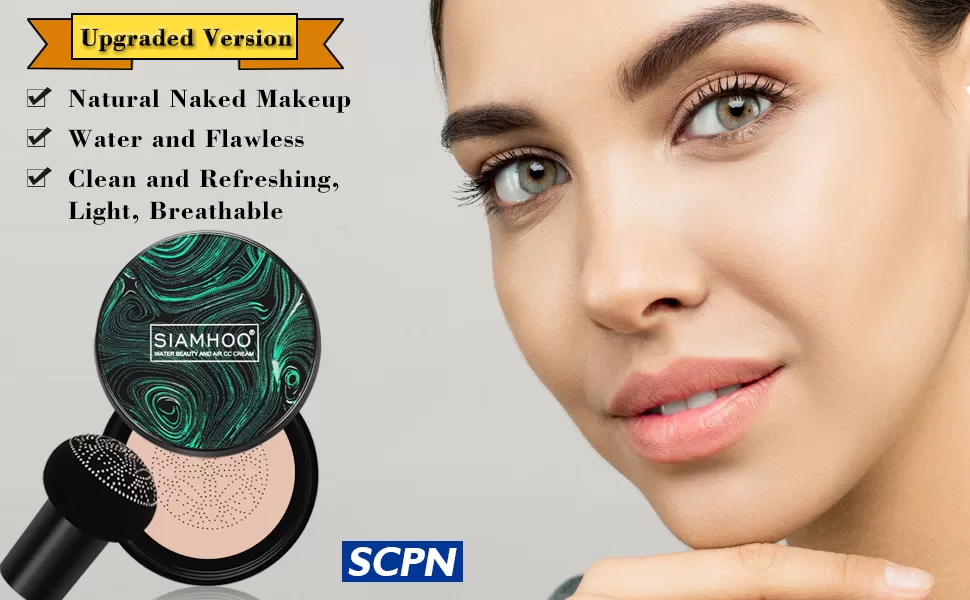
When to Consider Mixing foundation
In-Between Shades
Many people don’t fit perfectly into standard shades. Mixing lets you create a balance tailored to your unique tone.
Seasonal Shifts
Tans in the summer and paler tones in the winter often require two distinct shades. Mixing helps transition seamlessly.
Adjusting Coverage
Blend a high-coverage foundation with a sheer one to achieve the exact finish you want.
When shopping for foundation, you might notice that a shade appearing perfect under store lights looks off at home. This can happen due to several factors.
1. Lighting Conditions: Stores often use fluorescent lighting, which differs from the natural light you have at home. Artificial lighting can cast shadows or highlight certain undertones in the foundation, making it appear different.
2. Oxidation: Over time, some foundation formulas react with the air, skin oils, or even your skin’s pH, leading to oxidation. This process can darken or alter the color of the product, creating a discrepancy between what you saw initially and how it looks after a few hours of wear.
3. Application Environment: The environment in stores is controlled, whereas at home, humidity and temperature can vary, influencing how the foundation applies and sets on your skin.
4. Formula Variability: Different formulations, whether matte, dewy, or full coverage, can also play a role in how the foundation appears on your skin. Each may interact differently based on individual skin types and conditions.
Try testing foundation samples at home
To find the most accurate match, try testing foundation samples at home across different lighting settings and observe how they wear throughout the day. Here’s how you can delve deeper into finding that perfect shade:
To find the most accurate match, try testing foundation samples at home across different lighting settings and observe how they wear throughout the day. Here’s how you can delve deeper into finding that perfect shade:
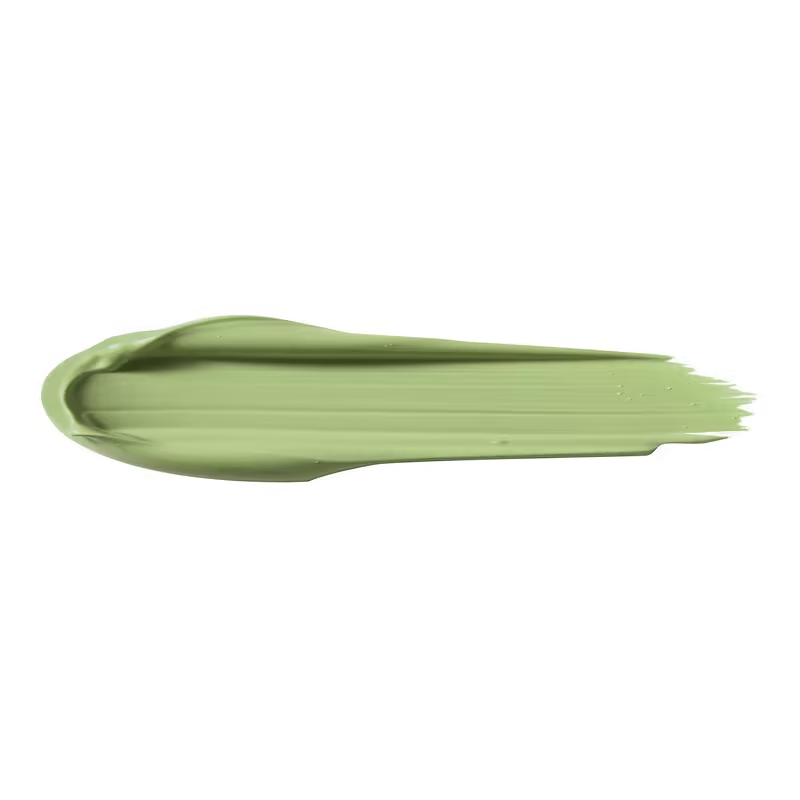
The Ultimate Guide: How to Apply Green Concealer for Acne
Mixing foundation shades: How to Use Green Concealer for Acne: Application Tips for Maximum Benefit Acne can be a real pain, especially when you’re trying to hide those red spots. Green concealer is like a magic trick for your skin. It’s makeup that helps to cancel out redness, making your skin look smoother and clearer. This guide will…
FAQs: Mixing foundation shades
1. Can you mix different foundation brands?
Yes, as long as the formulas are compatible (e.g., both liquid or both cream). Mixing oil-based with water-based products may result in separation.
2. How do I ensure the mixture matches my undertone?
Choose base shades that align with your undertone. For example, if you have warm undertones, select foundations with yellow or golden hues.
3. Can I mix foundation with other products?
Absolutely! Add a drop of moisturizer, facial oil, or liquid highlighter to adjust the coverage or finish.
4. How long can I store a mixed foundation?
It’s best to mix only what you’ll use immediately. Pre-mixing can lead to separation or changes in texture over time.
Adjusting Your Foundation Mix for Every Season
Your skin tone can fluctuate with the seasons—lighter in winter and deeper in summer due to sun exposure. Adjust your foundation mix accordingly by keeping a lighter and a darker shade in your collection. In warmer months, switch to a more oil-controlling foundation, and in colder months, add a hydrating or dewy-finish foundation to your mix to prevent dryness. By adjusting your foundation mix seasonally, you can maintain a seamless complexion all year round.
Storing Your Custom Foundation Mix Safely
If you prefer to pre-mix larger batches of foundation, store them in airtight containers to prevent oxidation and bacterial growth. Use a sanitized mixing palette or small airtight jar to keep your mixture fresh. Avoid dipping fingers directly into the product—use a spatula or a pump for dispensing. Clean brushes and sponges regularly to prevent skin irritation and breakouts.
Final Thoughts: Mixing foundation shades
Mixing foundation shades is a skill that can elevate your makeup game and save you money. With the right tools, techniques, and a little practice, you can achieve a flawless, custom match that enhances your natural beauty. So, grab your foundations, start blending.
Related Article:

Finding Your Perfect Match: Foundation for Problem Skin

The Ultimate Guide to Beauty: Skincare

THE Best Peter Thomas Roth – Pore Putty Pore and Wrinkle Reducer 1 Fl Oz New by Peter Thomas Roth
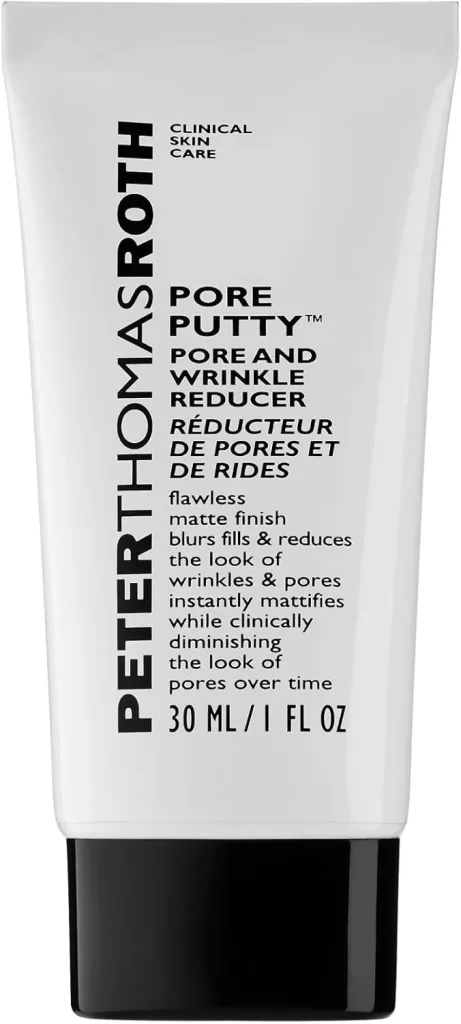
Explore more articles like this @ Where And How Resources
If you found this article helpful, don’t forget to share it with your friends and followers!

